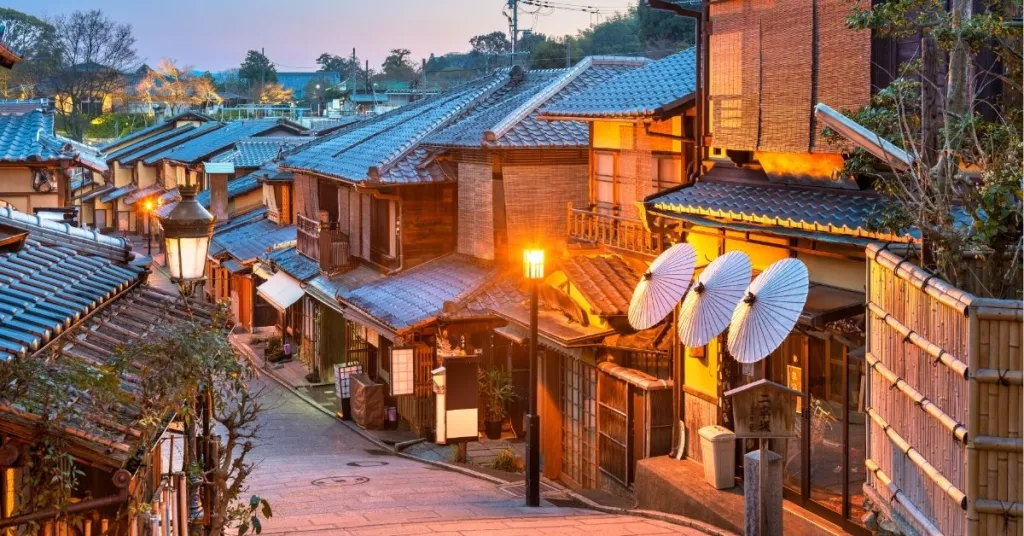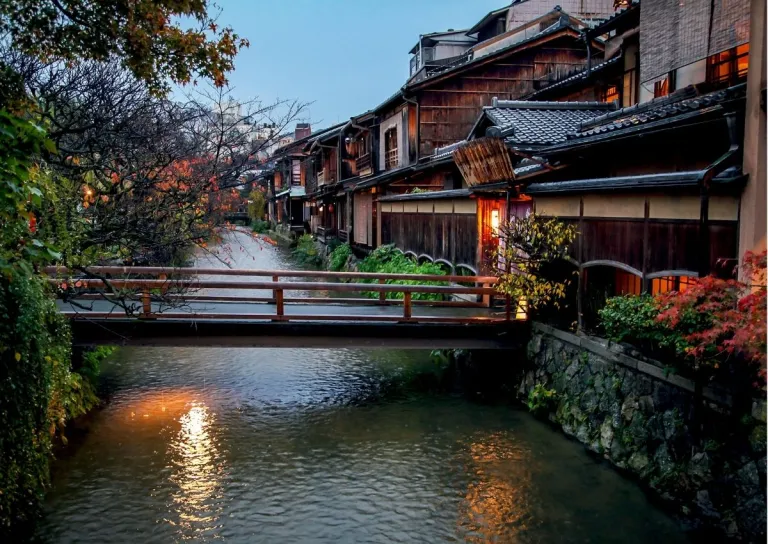Our favourite places to stay on this sleepy Cebu island.
Kyoto to Impose Significant Hotel Increase in 2026 to Curb Overtourism

The ancient Japanese city of Kyoto is set to become significantly more expensive for luxury travellers in 2026. Local authorities have announced plans to dramatically increase the accommodation tax for high-end hotels as part of a broader strategy to address the growing concerns of residents about overtourism.
Also read: 10 Things to Do in Japan for First-Time Travellers
Kyoto addressing overtourism
The proposed tax hike is likely to take effect in 2026, as it still required approval from the city assembly. This new hotel tax increase aims to promote sustainable tourism by balancing the needs of visitors with the well-being of the local community. This move comes amid increasing frustration among residents regarding the negative impacts of mass tourism, including traffic congestion, noise pollution, and disrespectful behavior by some visitors.
Significant tax increase for hotel lodging

Image credit: Veronica 111886 via Canva Pro
Under the revised tax structure, the accommodation tax for rooms priced between ¥20,000 (~Php 7511.46) and ¥50,000 (~Php 18778.65) per night will double to ¥1,000 (~Php 375.57) per person per night. However, the most significant increase will be for luxury accommodations. Rooms priced at over ¥100,000 (~Php 37557.30) per night will face a tenfold increase in the accommodation tax, with visitors expected to pay ¥10,000 (~Php 3755.73) per person per night.
The impact on travellers
This substantial tax increase is expected to have a significant impact on luxury travellers visiting Kyoto. Many high-end hotels in the city cater to affluent international tourists and offer premium rates. The increased accommodation tax will add a considerable expense to their travel budgets, potentially deterring some visitors from choosing Kyoto as their destination in 2026.
A direct response to resident concerns
The decision to increase the accommodation tax is a direct response to the growing concerns of Kyoto residents. In recent years, the city has experienced a surge in tourism, putting a strain on local infrastructure and impacting the quality of life for most residents.
Japan's efforts to protect cultural heritage
The Gion district, renowned for its geisha culture, has also been particularly affected by overtourism. Incidents of paparazzi-like behavior, intrusive photography, and even damage to traditional attire have led to increased tensions between residents and visitors. In response, Gion authorities have implemented measures such as restricting access to private alleys and prohibiting photography in certain areas. Violators of these restrictions face fines of up to ¥10,000 (~Php 3755.73).
Kyoto is not the only Japanese city taking measures to address overtourism. Concerns about the impact of mass tourism have led to similar initiatives across the country. These include the recent imposing of entry fees for Mount Fuji, as well as restricted access for day-trip visitors to Ginzan Onsen during certain hours.
Also read: 20 Don’ts You Should Know While Visiting Japan
The proposed accommodation tax increase in Kyoto highlights the growing challenges faced by many popular tourist destinations worldwide. Balancing the economic benefits of tourism with the needs and concerns of local residents is a critical challenge for governments and tourism stakeholders. While tourism contributes significantly to the Japanese economy, the government and local authorities are increasingly focused on managing tourism growth sustainably and ensuring the well-being of local communities.
Published at
About Author
Patricia Caleon
Subscribe our Newsletter
Get our weekly tips and travel news!
Recommended Articles
10 Bantayan Island Resorts, Hotels, and Rentals for Your Tropical Escape 10 Best Banawe Restaurants for a Mouthwatering Food Trip in QC The promise of new flavours beckons from Banawe.
10 Best Mountain Cafes in the Philippines for Your Peak Coffee Experience Coffee date on the mountains, anyone?
10 Best Things to Do in Los Angeles Los Angeles is more than Hollywood stars. From hikes with killer views to beaches straight out of a rom-com, here are 10 must-do LA experiences for Filipino travellers or any wanderers in general!
10 Commandments for Responsible Travel Flexing Spread the good word!
Latest Articles
Thailand Eyes to Build Disneyland Instead of Casino Complex Thailand is considering bringing Disneyland to the country, replacing a previously proposed casino and entertainment complex.
US May Require Five Years of Social Media History for Tourists Are Filipino tourists affected?
3 Days in Okinawa: Everything We Saw, Did, and Ate in Japan's Southern Gem Here's your ultimate travel guide to Okinawa, Japan!
Cheap Domestic Flights Needed as Philippines Ranks Last in Southeast Asia Tourism Tulfo says local flights are too expensive and Filipinos deserve better travel deals.
The Quiet LA Travel Hack Travellers Should Know: Why Flying Into Ontario Airport is Way Better Here's how to get to LA without going through LAX!

